Training Racing Pigeons – From Beginning to The Roof
From the Beginning
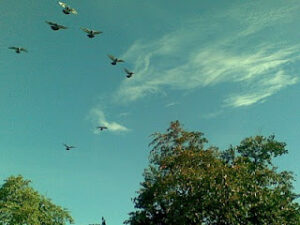 Your young birds are at 21-30 days and out of the nest. They should be in their own compartment where they are beginning to learn social behavior with their fellow flock mates. Very shortly their training will begin. When we discuss training we are including training to the trap or entrance to the loft, training to come to your “call”, loft flying, learning where to perch and not perch (like your neighbors house) and finally road training. When you feed your birds you should whistle or call to them. What ever method you choose it should be something that another member of your family can do as well. The birds will associate this whistle with being fed. Do this every time, every day, all year with all your birds. This will pay big rewards on race day. It will also allow you to get that “spooked” pigeon down
Your young birds are at 21-30 days and out of the nest. They should be in their own compartment where they are beginning to learn social behavior with their fellow flock mates. Very shortly their training will begin. When we discuss training we are including training to the trap or entrance to the loft, training to come to your “call”, loft flying, learning where to perch and not perch (like your neighbors house) and finally road training. When you feed your birds you should whistle or call to them. What ever method you choose it should be something that another member of your family can do as well. The birds will associate this whistle with being fed. Do this every time, every day, all year with all your birds. This will pay big rewards on race day. It will also allow you to get that “spooked” pigeon down
Out of the Loft
Once your young birds are able to move well within the loft, and are taking the higher perches it is time to get them out of the loft. Do not put them out on a full stomach. Do not let them out unattended as hawks may capitalize on this and you will suffer a major set back. If you are late getting your birds out of the first time, they will be “too strong on the wing” and may get up and fly before they know how to control themselves. This is a major cause of “fly aways”. The best way to introduce them to the out side world is to create a sputnik cage on top of the landing board. This allows you to put them out on the landing board where they will have to maneuver through your trapping system. This also allows you to get them out a litter earlier. They are also protected from the predators that are just waiting for them (like hawks). After a few days when they have learned the trapping system you can let them out on their own.
Roof Training
You can let them go outside on their own without the sputnik cage. The racing pigeons will stay on the roof as long as they are not getting too strong on the wing. They will peck at every thing as though its fascinating. Like toddlers this whole new world is new for them. As stated do not let them out on a full stomach. After the designated time “call” them in for dinner. Do not put the full amount of feed in the feeder as some of the birds may not come in and the first ones to the feeder may eat too much. The important thing is to get them trained to come in when called. There are two purposes for this. One is to get them in quickly upon arrival from a race and the other is to get them disciplined to come in when you need them. Such as when you want to train the in the morning and then have a evening training toss.
You accomplish this by keeping an edge to their appetite and feeding them on a regular schedule. They adapt to a routine fairly quickly and if you deviate from this routine, they will very quickly let you know it. If they are out and you miss the regular feeding, they will come find you. Consistency in a routine is a staple towards good pigeon handling.
If you have been feeding the birds properly, they will immediately try to get into the trap and get inside to eat. Some may be confused and walk to the edge of the roof where the walk in door is located. Like children, they are processing their world in the same way. Be patient. You may even have one or two stay out over night. After a few days of this, all young birds will know how to get inside the loft and trap. If their being fed properly they will not mess around unless they get “spooked”.
Spooking is a term used to explain when a young bird become nervous, anxious or scared. They can get spooked when they see a large bird they are not familiar with such as a hawk, crane, large black bird etc. They can get spooked over a loud noise such as gunfire, an exhaust misfiring, a car door slamming. When they are spooked something minor can cause them to go airborne. Be patient. Any bird with intelligence will settle down and come back to the roof. It may take hours but it will happen.
Sitting Out Over night
Occasionally you will get young birds that will set out over night. If you live in the city, this will not be very bad. The next morning let the birds out again and usually the over night offender who spent the night on the roof, or in the tree in the dark, scared and without dinner will come inside with the other birds when dinner the following evening is fed. If you live in the country, like I do, sometimes that one over night stay out is fatal. We have owls and without all the buildings and other “clutter” the racing pigeons are very easy pickings for the owls. Owls do not hunt by sight but hunt by hearing. They have extremely fine hearing. One method to thwart an owl is to place a small radio outside the loft and let music play at a modest volume. Do not set the radio out until it is absolutely dark. The bird on the roof will then not fly up and the owl will have a more difficult time hearing your bird and there for preying upon him.
Night Flight
This has never happened to me, but it happened to one of our members recently. It has also happened to my father and other fanciers in my club. A night flight is when the birds get spooked just before dark and all go airborne. The birds will fly around in the dark endlessly. The danger is that they will hit walls, wires, trees and other hazards. This member of our club gives his birds open loft. He calls them in to eat cut lets them still have open loft so that they will fly around even after dinner. The racing pigeons get more flying time, but on one evening, a hawk hit his loft just before dark sending the entire young bird flock into a night flight. The next morning more than half the birds did not return and some of those that did had career ending injuries. One bird came back with the top portion of it’s beak missing. I am not a fan of open loft until dark. I hope you never have a night flight, and I hope I never have a night flight. But be forewarned…..do not create habits that allow for the possibility of a night flight. Also, understand that hawks love pigeons. Hawks will catch on to the fact that a ready meal is available. If you have open loft and a hawk catches on, he will stop hunting other prey and make your loft his prime target.
The Leading Online Pigeon Racing and Racing Pigeon Magazine – The Pigeon Insider

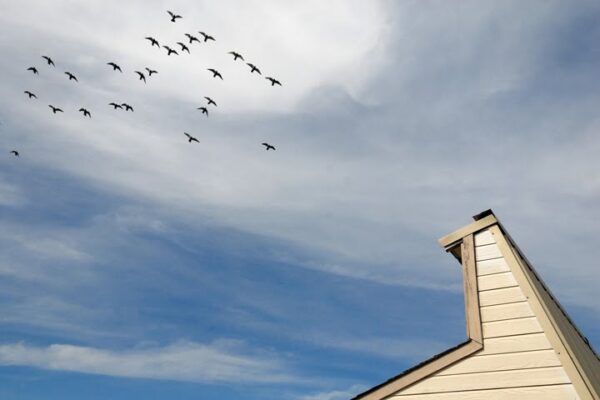
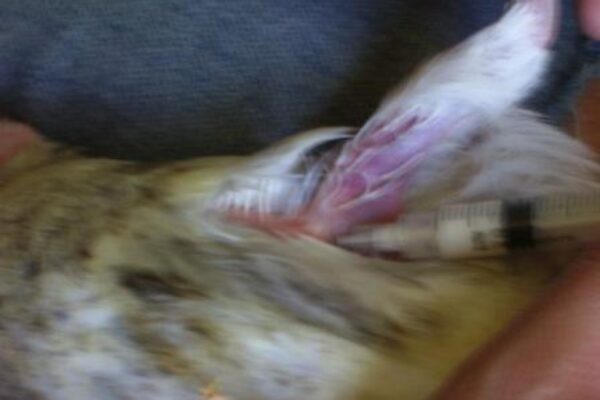

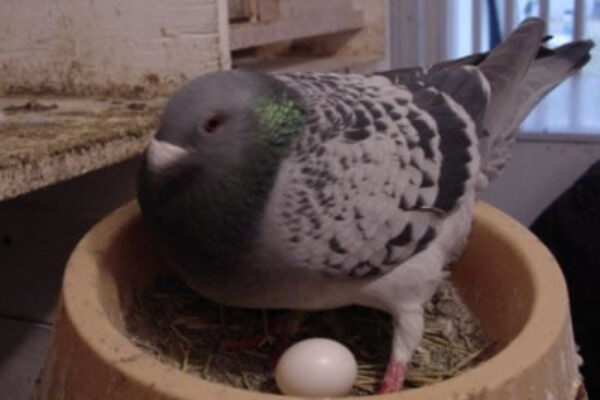
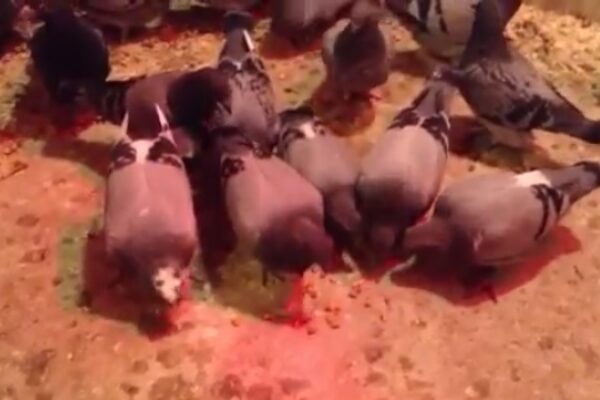
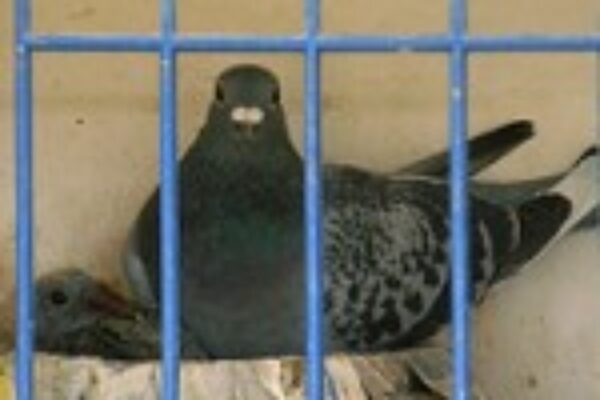


I had my birds do a night flight once it sucked! I had let my YB’S out like always for their evening loft training they did their regular routine but for some reason that evening the routed out. didn’t see the flock for about an hour and it was already getting dark then the sun set and it was dark after about 30 min I was still outside looking in the sky for them and I heard the flock fly by making that cool sound they make so I knew it was them I could barely see them in the air every time the flew over I tried to call them down and they would not land so after about an hour of watching them in frustration and worried about the hazards they could encounter I went in the next morning I went out to the loft and some of the birds where sitting on the loft, after I opened the traps and they went in I did a head count and it wasn’t good I only had 25 birds out of 40. I had a few more come in days after but I still lost a good amount of birds till this day I’m still puzzled !
Hey! the “free book” didn’t take! I used the same address I subscribe under. Other than that, hope
I have a racing bird called Night flyer I clocked her 3 times out of racetime in the dark in a 2 week on off period over 6 weeks so 3 races in very difficult conditions when the race was open next day still all from around 500 miles each time flying into an unlit pitch black area in the sticks. I clocked her in dead time at 9.45, 11.30 at night and at 1.30 in the morning she is retired to stock now and she has a fantastic breeder eye sign too, I expect great things at stock and her first young will race this season, time will tell.
very enlightening article I am new to the pigeon scene and all these articles are helping me a lot keep posting and il keep reading thanks.
Enjoyed it and this is very helpful .Thanks
Very good article! This is so true with night flying. My neighbor was repairing his roof when my birds got spooked and took off very late in the evening. The birds flew long and far, and by the morning, I lost a third of my flock.
I like to put young in cage, beyond the trap, immediately or the day after transfer to their section.
Very informative. I too have had a night flight. Some were on the landing board next morning unharmed, and a few came back during the day but several were never seen again.
Enjoyed it very much!!! Made me laugh a bit! all of it’s very true too. And, I’ve had a night flight. Long time ago, but can never forget the feeling of frustration as the birds “circle & circle”! Ours all came back the next day. Actually, they sat in the tree and on our barn for the night!